- Understanding Nematodes and Their Damage
- Types of Nematodes
- Damage Caused by Nematodes
- Life Cycle of Nematodes
- Preventing and Managing Nematode Damage
- Conclusion
- Identifying the Signs of Nematode Infestation
- 1. Stunted Growth
- 2. Yellowing Leaves
- 3. Wilting and Drooping
- 4. Root Damage
- 5. Reduced Flowering
- Choosing Resistant Phlox Varieties
- Factors to Consider when Choosing Resistant Phlox Varieties
- Popular Phlox Varieties with Nematode Resistance
- Soil Preparation to Reduce Nematode Population
- 1. Crop Rotation
- 2. Deep Digging
- 3. Solarization
- 4. Incorporating Organic Matter
- 5. Using Resistant Varieties
- 6. Chemical Treatments and Nematicides
- Implementing Crop Rotation Strategies
- 1. Identify susceptible crops
- 2. Plan crop rotation sequence
- 3. Include nematode-resistant crops
- 4. Follow timing guidelines
- 5. Monitor and adjust
- Using Organic Soil Amendments to Control Nematodes
- 1. Marigold Plants
- 2. Neem Cake
- 3. Coconut Coir
- 4. Compost
- 5. Biocontrol Agents
- 6. Crop Rotation
- Biological Control Methods for Phlox Nematodes
- 1. Beneficial Nematodes
- 2. Crop Rotation
- 3. Organic Amendments
- 4. Soil Solarization
- 5. Biofumigation
- 6. Biological Control Agents
- Conclusion
- Chemical Control Options as a Last Resort
- Nematicides
- Fumigants
- Systemic Nematicides
- Consulting a Professional
- Questions and Answers:
- What are nematodes and why are they harmful to phlox?
- How can I detect nematode infestation in my phlox plants?
- What are some effective ways to control nematode infestation in phlox plants?
- Can I use chemical pesticides to control nematodes in my phlox plants?
- How often should I apply organic pest control methods to tackle nematodes in phlox plants?
- If I practice crop rotation, how long should I wait before planting phlox in the same spot to avoid nematodes?
- Are there any natural predators of nematodes that can help control their population in phlox plants?
- Videos: The Natural SECRET To Plant Care Biological Pest Control MADE SIMPLE Predatory Mites + Nematodes
Phlox is a popular and beautiful flowering plant that can add a burst of color to any garden or landscape. However, one invisible pest that can wreak havoc on phlox plants is nematodes. Nematodes are tiny, worm-like organisms that feed on the roots of plants and can cause stunted growth, wilting, and yellowing of leaves. If left untreated, a nematode infestation can lead to the death of phlox plants.
Fortunately, there are effective ways to tackle nematodes and save your phlox plants. One method is to improve the overall health of the soil by adding organic matter, such as compost, to provide a rich environment for beneficial soil organisms. These organisms can help control nematode populations by feeding on them or competing for resources.
Another way to tackle nematodes is by using biological control agents, such as beneficial nematodes or fungi, that specifically target and kill harmful nematodes. These control agents can be applied to the soil around the phlox plants and will work to reduce nematode populations over time.
Additionally, crop rotation can be an effective strategy for managing nematodes. By rotating the location of phlox plants with other non-host plants, nematodes will have a harder time finding a suitable host and their populations will naturally decline. It is important to choose non-host plants that are not susceptible to nematode infestations.
In conclusion, nematodes can be a serious threat to phlox plants, but there are effective ways to tackle these invisible pests. By improving the health of the soil, using biological control agents, and implementing crop rotation, you can protect your phlox and enjoy their beautiful blooms for years to come.
Understanding Nematodes and Their Damage
Nematodes are microscopic worms that can be found in soil, water, and plants. While some nematodes are beneficial and help control pests, others can be harmful to plants and cause significant damage.
Types of Nematodes
There are various types of nematodes, but the ones that cause damage to plants are typically root-knot nematodes and lesion nematodes. Root-knot nematodes (Meloidogyne spp.) are the most common and cause galls or swellings on the roots, which disrupt the flow of water and nutrients to the plant. Lesion nematodes (Pratylenchus spp.) feed on root tissue, causing lesions and reducing the plant’s ability to absorb nutrients and water.
Damage Caused by Nematodes
Nematodes can cause significant damage to plants, leading to stunted growth, yellowing or wilting leaves, reduced yields, and even plant death. The damage is often more severe in plants that are already stressed or weakened by other factors, such as drought or nutrient deficiencies.
Life Cycle of Nematodes
Nematodes have a relatively short life cycle, with some species completing their life cycle in as little as two weeks. They reproduce by laying eggs, which hatch into juvenile nematodes that mature and lay more eggs. The life cycle can be influenced by environmental conditions, such as temperature and moisture.
Preventing and Managing Nematode Damage
Preventing nematode damage begins with maintaining healthy soil and plants. Here are some strategies to consider:
- Plant nematode-resistant or tolerant varieties whenever possible.
- Rotate crops to disrupt nematode life cycles and reduce population levels.
- Improve soil fertility and structure to promote plant health and resilience.
- Maintain proper irrigation practices to avoid water stress on plants.
- Practice good sanitation by removing infected plant material and cleaning tools to prevent the spread of nematodes.
If nematode damage is already present, there are some management options to consider:
- Soil solarization: This involves covering the soil with a clear plastic tarp to heat it up and kill nematodes.
- Biocontrol agents: Certain beneficial nematodes and fungi can be used to control harmful nematode populations.
- Nematicides: Chemicals specifically designed to kill nematodes can be used as a last resort, but they should be used cautiously and according to label instructions.
Conclusion
Nematodes can be a hidden threat to plants, causing damage that is often difficult to detect until it becomes severe. Understanding the types of nematodes and their life cycle can help in preventing and managing nematode damage effectively. By implementing good management practices and using appropriate control methods, it is possible to protect plants from nematode damage and ensure their healthy growth.
Identifying the Signs of Nematode Infestation
Nematodes are invisible plant pests that can cause significant damage to phlox plants if left unchecked. Recognizing the signs of nematode infestation is crucial in order to take immediate action and prevent further damage. Here are some key indicators to look out for:
1. Stunted Growth
One of the primary signs of nematode infestation is stunted growth. If your phlox plants are not growing as vigorously as they should or are significantly smaller than expected, it could be an indication of nematode presence.
2. Yellowing Leaves
Nematodes feed on the roots of the phlox plants, which can hinder their ability to take up nutrients and water properly. As a result, the leaves may start to turn yellow or exhibit discoloration, indicating a lack of essential nutrients.
3. Wilting and Drooping
Infected phlox plants may wilt and droop, even when they are adequately watered. This can occur because nematodes disrupt the flow of water and nutrients within the plant, leading to dehydration and overall weakness.
4. Root Damage
Inspect the roots of your phlox plants for any signs of damage. Nematodes typically cause swollen or galled roots, which can be easily spotted upon examination. These swollen areas are a result of the nematodes feeding on the root tissues.
5. Reduced Flowering
Another sign of nematode infestation is a reduction in flower production. Nematodes can weaken the phlox plants, resulting in fewer blooms or even a complete lack of flowers. If your plants are not producing flowers as they should, nematodes could be the culprit.
If you notice any of these signs in your phlox plants, it is important to take immediate action to combat the nematode infestation. By addressing the problem early on, you can save your plants and prevent the nematodes from spreading to other areas of your garden.
Choosing Resistant Phlox Varieties
When dealing with nematodes infestation in your phlox plants, one effective approach is to choose phlox varieties that are resistant to nematodes. Planting resistant varieties can greatly reduce the damage caused by nematodes and keep your phlox plants healthy.
Factors to Consider when Choosing Resistant Phlox Varieties
When selecting resistant phlox varieties, it is important to consider the following factors:
- Nematode Species: Different phlox varieties may be resistant to different nematode species. It is essential to know the specific nematode species that are causing problems in your garden and choose varieties that are resistant to those particular species.
- Resistance Ratings: Some phlox varieties are assigned resistance ratings by plant breeders. These ratings indicate the level of resistance to nematodes. Look for varieties with high resistance ratings to ensure better protection against nematode damage.
- Local Recommendations: Seek recommendations from local experts, nurseries, or extension offices. They will have valuable insights into which phlox varieties have proven to be resistant to nematodes in your specific region.
Popular Phlox Varieties with Nematode Resistance
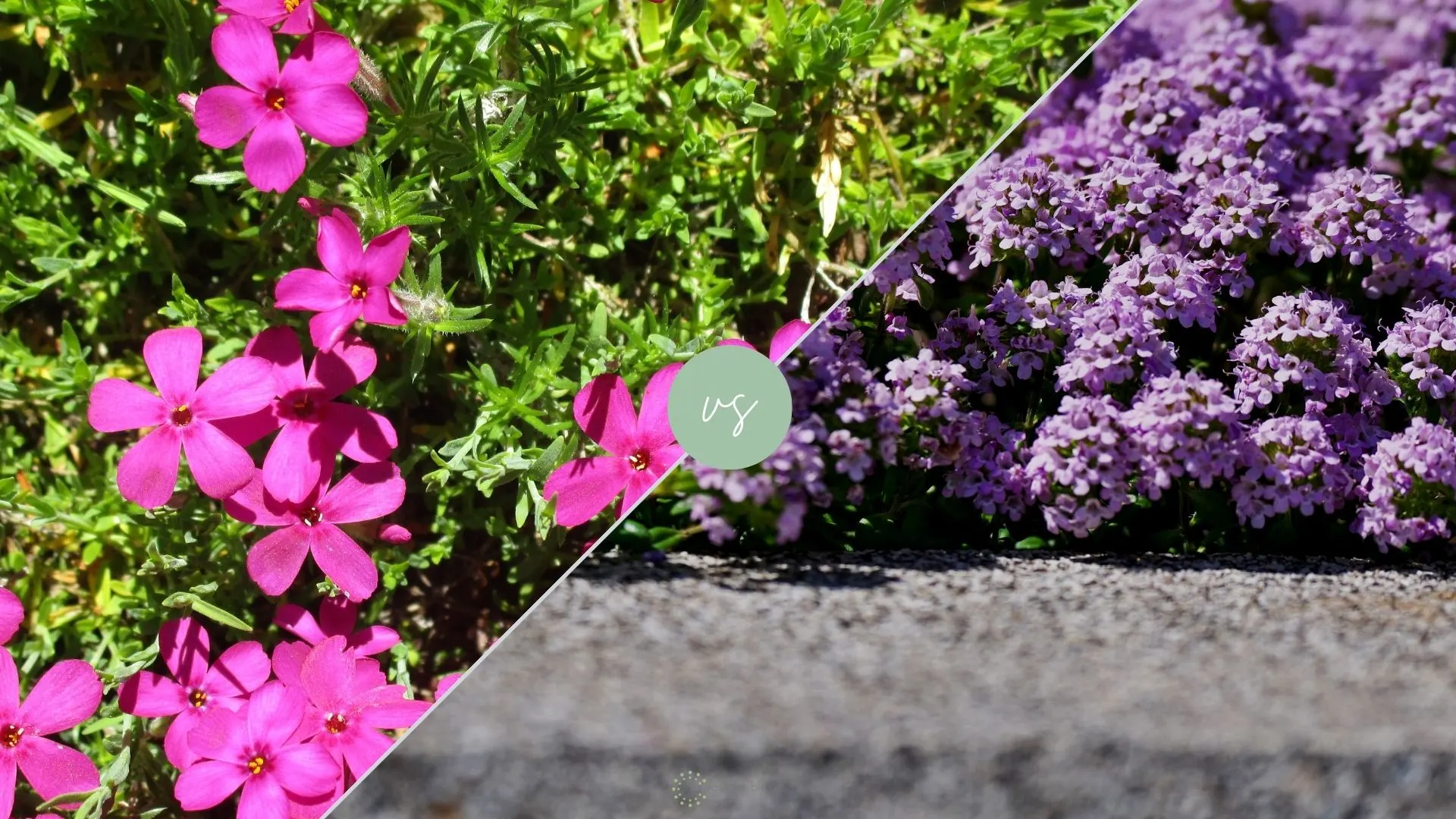
Here are a few popular phlox varieties known for their resistance to nematodes:
| Variety Name | Resistance Rating |
|---|---|
| Phlox paniculata ‘David’ | High |
| Phlox paniculata ‘Jeana’ | High |
| Phlox paniculata ‘Laura’ | Moderate |
| Phlox paniculata ‘Robert Poore’ | Moderate |
| Phlox paniculata ‘Delta Snow’ | Moderate |
Note: These are just a few examples, and there are many other phlox varieties available with nematode resistance. Consult local nurseries or gardening experts for a wider range of options.
By selecting resistant phlox varieties, you can minimize the impact of nematode infestation and enjoy a beautiful and healthy phlox garden. Remember to follow proper planting and maintenance practices to further enhance the resilience of your plants.
Soil Preparation to Reduce Nematode Population
Nematodes are microscopic worms that can cause significant damage to Phlox plants. One effective way to tackle nematodes is through proper soil preparation, which can help reduce the nematode population in the soil and create an unfriendly environment for their growth and reproduction.
1. Crop Rotation
Rotating crops is an essential practice in reducing nematode populations. Avoid planting Phlox or other susceptible plants in the same area for consecutive growing seasons. Nematodes have specific host preferences, so by rotating crops, you can disrupt their life cycle and reduce their numbers.
2. Deep Digging
Deep digging of the soil before planting can help expose nematodes to unfavorable conditions and decrease their population. Use a garden fork or tiller to loosen the soil to a depth of at least 12 inches. This will disturb the nematodes’ habitat and expose them to predators and environmental stressors.
3. Solarization
Solarization is a method that uses solar heat to kill nematodes and their eggs in the soil. To solarize the soil, cover the planting area with a clear plastic sheet during the hot summer months when the sun’s heat is at its peak. Leave the plastic in place for four to six weeks, allowing the sun’s heat to raise the soil temperature to a level that is lethal to nematodes.
4. Incorporating Organic Matter
Adding organic matter, such as compost or well-rotted manure, to the soil before planting can improve its structure and fertility. Organic matter also encourages the growth of beneficial microorganisms and predators that feed on nematodes. This can help suppress nematode populations and improve overall soil health.
5. Using Resistant Varieties
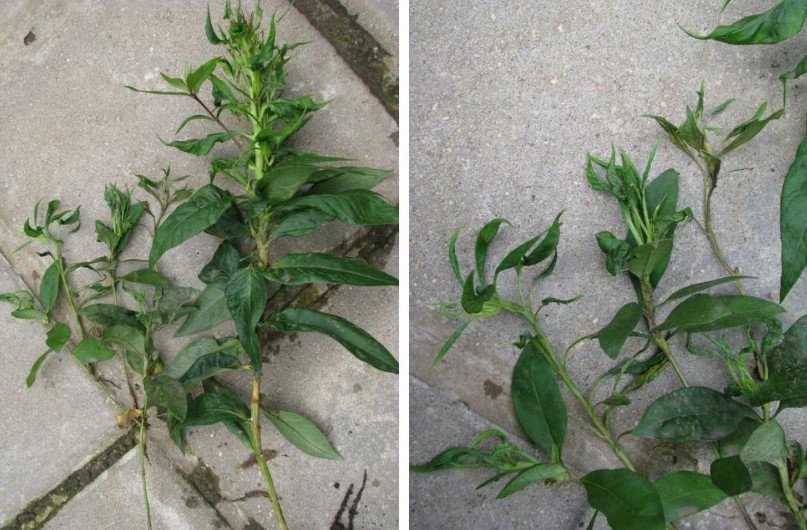
Choosing Phlox varieties that are resistant to nematodes is another effective strategy. Resistant varieties have been selected or bred to have enhanced tolerance or immunity to nematode infestations. Consult with local nurseries or agriculture extension offices to find Phlox cultivars that are resistant to nematodes.
6. Chemical Treatments and Nematicides
In severe cases of nematode infestation, chemical treatments or nematicides may be necessary. These should be used as a last resort, as they can have negative impacts on the environment and beneficial soil organisms. Consult with a professional to determine the most appropriate and safe chemical treatment for your specific situation.
By implementing these soil preparation techniques, you can greatly reduce the nematode population in your Phlox’s growing area and create an environment that is less favorable for their growth and reproduction.
Implementing Crop Rotation Strategies
One effective way to tackle nematodes and save phlox plants is by implementing crop rotation strategies. Crop rotation involves changing the type of crops grown in a specific area over time to disrupt the life cycle of pests and diseases, such as nematodes. Here are some key steps to follow when implementing crop rotation strategies:
1. Identify susceptible crops
Begin by identifying which crops are most susceptible to nematode infestations. This will vary depending on the specific type of nematode and the region you are in. For phlox, common susceptible crops include other members of the Phlox family, as well as certain vegetables like tomatoes, peppers, and potatoes.
2. Plan crop rotation sequence
Create a crop rotation sequence that avoids planting susceptible crops in the same location year after year. Rotate crops based on their susceptibility to nematodes, ensuring that you do not plant the same crop or a closely related crop in the same area for at least three years.
3. Include nematode-resistant crops
Incorporate nematode-resistant crops into your rotation sequence. These crops are less affected by nematode infestations and can help reduce the nematode population in the soil. Examples of nematode-resistant crops include certain varieties of beans, corn, and marigold.
4. Follow timing guidelines
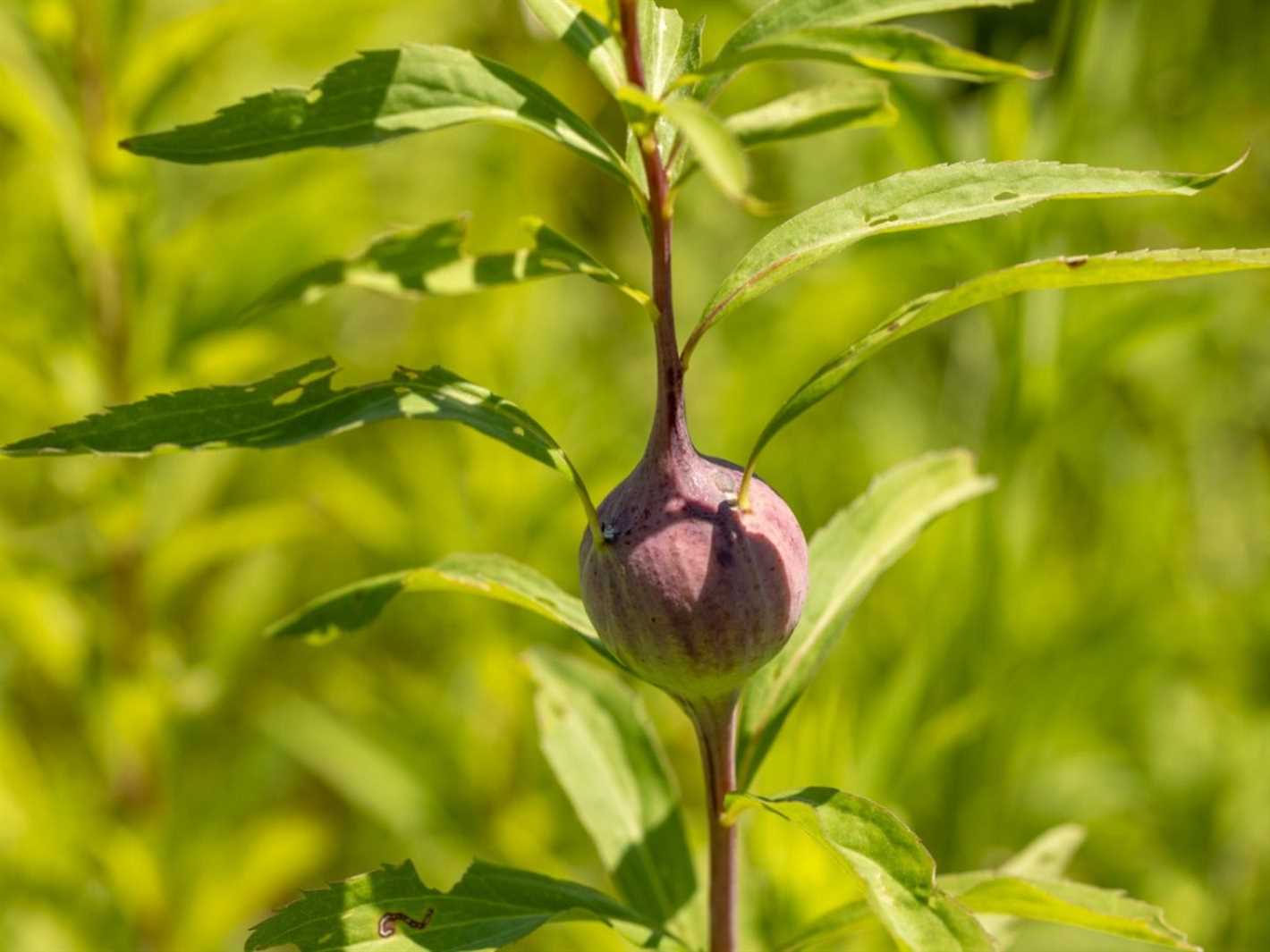
Pay attention to the timing of planting and harvesting crops in your rotation sequence. Nematodes are most active during certain periods of the year, so timing your planting and harvesting accordingly can help minimize their impact. Additionally, consider planting cover crops during off-seasons to further disrupt the nematode life cycle.
5. Monitor and adjust
Regularly monitor your crops for signs of nematode damage and adjust your rotation strategy if needed. If you notice a resurgence of nematodes in a specific area, consider incorporating additional nematode-resistant crops or adjusting the timing of your rotation sequence to better control their population.
Implementing crop rotation strategies can be an effective long-term solution for managing nematode infestations and preserving the health of phlox plants. By diversifying your crops and disrupting the nematode life cycle, you can reduce the damage caused by these invisible pests.
Using Organic Soil Amendments to Control Nematodes
Nematodes are microscopic roundworms that can cause significant damage to plants, including phlox. Fortunately, there are organic soil amendments that can help control nematode populations and protect your plants. These amendments work by either repelling nematodes or limiting their ability to feed and reproduce. Here are some effective organic soil amendments you can use:
1. Marigold Plants
Marigold plants produce natural compounds that repel nematodes. Intercropping phlox with marigold plants can help deter nematodes from attacking your phlox. Additionally, you can chop up marigold plants and incorporate them into the soil as a green manure. This will release the nematode-repellent compounds and discourage nematodes from residing in the soil.
2. Neem Cake
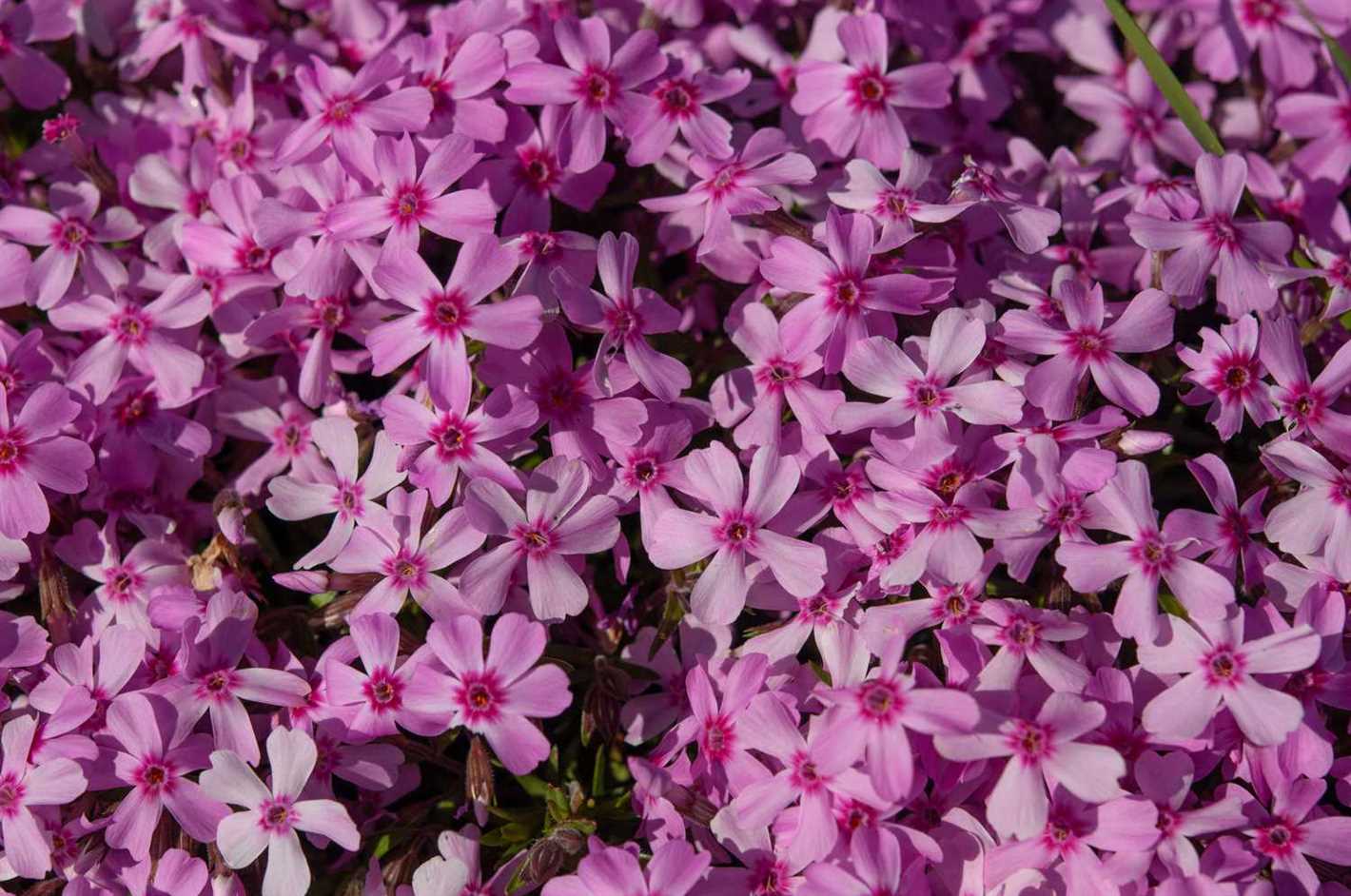
Neem cake is made from the residue obtained from the neem tree’s seed kernels. It contains natural compounds that have pesticide properties and are toxic to nematodes. Incorporating neem cake into your soil can help reduce nematode populations. Mix the neem cake into the top few inches of soil before planting phlox for best results.
3. Coconut Coir
Coconut coir is a byproduct of coconut processing. It has been found to have nematicidal properties and can help control nematodes. Mix coconut coir into your soil to improve its structure and increase its water-holding capacity while also deterring nematodes.
4. Compost
Adding compost to your soil can improve its overall health and fertility, making plants more resilient to nematode damage. The increased microbial activity in compost-rich soil can also help control nematode populations. Incorporate compost into your soil before planting phlox or use it as a top dressing around established plants.
5. Biocontrol Agents
Certain beneficial organisms, such as predatory nematodes, can help control nematode populations. These nematodes feed on plant-parasitic nematodes, reducing their numbers in the soil. You can introduce predatory nematodes into your garden to naturally control nematode populations. Follow the instructions provided by the supplier for best results.
6. Crop Rotation

Practicing crop rotation can help disrupt nematode life cycles and reduce their populations. Avoid planting phlox or other susceptible plants in the same location for consecutive seasons. Instead, rotate with nematode-resistant or non-host plants. This will help break the cycle of nematode infestation and decrease their numbers over time.
Using these organic soil amendments can help you control nematodes and ensure the health and productivity of your phlox plants. Implementing multiple methods in combination is often the most effective approach. Regular monitoring and early intervention are key to successfully managing nematode populations in your garden.
Biological Control Methods for Phlox Nematodes
Phlox nematodes are a common pest that can cause serious damage to phlox plants. Fortunately, there are several biological control methods that can help manage this invisible pest without the use of harmful chemicals.
1. Beneficial Nematodes
Beneficial nematodes, such as Steinernema feltiae, can be used as a natural predator to control phlox nematodes. These microscopic worms are harmless to plants and animals but will actively seek out and infect nematodes in the soil. Once inside the nematodes, they release bacteria that will kill the pest. Beneficial nematodes can be purchased from garden centers and applied to the soil according to the package instructions.
2. Crop Rotation
Rotating phlox plants with nematode-resistant crops can help break the nematode life cycle. Some plants, like marigolds and marjoram, release natural compounds that repel nematodes. By planting these resistant crops in the infected area, you can reduce nematode populations over time. Be sure to avoid planting phlox or other susceptible plants in the same area for at least two to three years.
3. Organic Amendments
Adding organic amendments to the soil can help create an unfavorable environment for phlox nematodes. Organic matter, such as compost or well-rotted manure, improves soil structure and promotes beneficial microbial activity. This can help suppress nematode populations and promote healthier plant growth. Apply organic amendments to the soil before planting or as a top dressing during the growing season.
4. Soil Solarization
Soil solarization is a technique that involves covering the soil with clear plastic to trap heat from the sun. This method can help kill nematodes and other soil pests by raising the soil temperature to levels that are lethal to them. To solarize the soil, moisten it thoroughly, cover it with clear plastic, and secure the edges. Leave the plastic in place for at least four to six weeks during the hottest time of the year.
5. Biofumigation
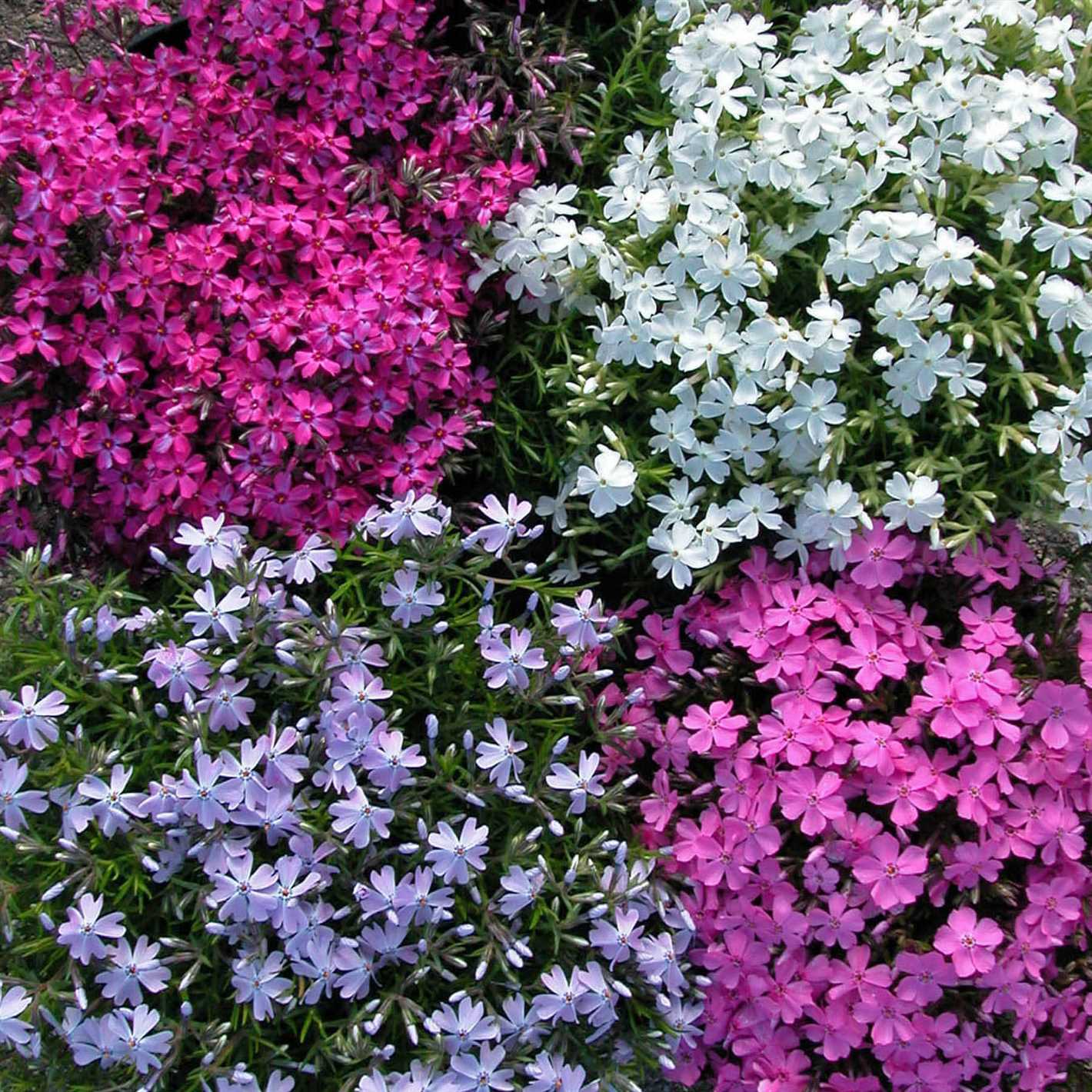
Biofumigation is a natural method that uses plants from the brassica family, such as mustard or radish, to control nematodes. These plants release compounds called glucosinolates, which break down into toxic gases when the plant tissue is damaged. Planting a cover crop of mustard or radish and then incorporating the plant material into the soil can help suppress nematode populations. It is important to allow enough time for the cover crop to decompose before planting phlox or other susceptible plants.
6. Biological Control Agents
In addition to beneficial nematodes, there are other biological control agents that can help manage phlox nematodes. These include predatory mites, fungi, and bacteria that specifically target nematodes. These biological control agents can be applied to the soil or foliage according to the product instructions. It is important to follow the recommended application rates and timing for optimal effectiveness.
Conclusion
Using biological control methods for phlox nematodes can be an effective and environmentally friendly way to manage this pest. By incorporating beneficial nematodes, practicing crop rotation, adding organic amendments, employing soil solarization, utilizing biofumigation, and utilizing other biological control agents, you can help protect your phlox plants from nematode damage.
Chemical Control Options as a Last Resort
When all other non-chemical methods have failed to control nematodes and save your phlox plants, chemical control options can be considered as a last resort. It is important to remember that chemical control should only be used when absolutely necessary and with caution, as it can have negative effects on the environment, beneficial organisms, and human health if not used properly.
Nematicides
Nematicides are chemical substances specifically designed to kill nematodes. They can be applied as a soil treatment to target nematodes in the root zone of the phlox plants. However, nematicides are generally not used in home gardens due to their high toxicity and potential hazards. They are more commonly used in commercial agriculture under controlled conditions with proper safety measures.
Fumigants
Fumigants are another type of chemical control option that can be used to tackle nematodes. These chemicals are typically applied as a gas or volatile liquid and penetrate the soil to kill nematodes. However, fumigants are also highly toxic and require special equipment and training to handle safely. They should only be used by professionals who have the necessary expertise and access to proper safety equipment.
Systemic Nematicides
Systemic nematicides are a class of chemicals that can be absorbed by the phlox plants and transported throughout their tissues, providing protection against nematodes. These nematicides can be applied as a foliar spray or injected into the soil near the plant’s roots. However, systemic nematicides can have long residual effects and may harm beneficial organisms and non-target plants. Therefore, it is crucial to carefully read and follow the label instructions when using systemic nematicides.
Consulting a Professional
If you decide to use chemical control options, it is recommended to consult with a professional, such as an agricultural extension agent or a certified pesticide applicator. They can provide guidance on the most appropriate chemical control method, help you choose the right product, and ensure its safe and effective application.
Remember, chemical control options should only be used as a last resort and with caution. It is always best to focus on preventive measures and non-chemical control methods to protect your phlox plants from nematodes.
Questions and Answers:
What are nematodes and why are they harmful to phlox?
Nematodes are microscopic roundworms that can be harmful to phlox plants. They feed on the roots of the plants, causing stunted growth, yellowing leaves, and ultimately, plant death.
How can I detect nematode infestation in my phlox plants?
Nematode infestation in phlox plants can be detected by observing the symptoms such as stunted growth, yellowing leaves, wilting, and root damage. Soil tests can also be conducted to confirm the presence of nematodes.
What are some effective ways to control nematode infestation in phlox plants?
There are several effective ways to control nematode infestation in phlox plants. These include practicing crop rotation, using nematode-resistant varieties, applying organic pest control methods such as neem oil or garlic spray, and using beneficial nematodes that feed on harmful nematodes.
Can I use chemical pesticides to control nematodes in my phlox plants?
Chemical pesticides can be used to control nematodes in phlox plants, but they should be used as a last resort as they can have negative impacts on the environment and beneficial soil organisms. It is recommended to try non-chemical methods first and consult with a professional before using chemical pesticides.
How often should I apply organic pest control methods to tackle nematodes in phlox plants?
The frequency of applying organic pest control methods to tackle nematodes in phlox plants can vary depending on the severity of the infestation. It is recommended to follow the instructions on the product label or consult with a gardening expert for specific guidelines.
If I practice crop rotation, how long should I wait before planting phlox in the same spot to avoid nematodes?
The duration of waiting before planting phlox in the same spot after practicing crop rotation to avoid nematodes can vary. Generally, it is recommended to wait at least two to three years before replanting phlox in the same area.
Are there any natural predators of nematodes that can help control their population in phlox plants?
Yes, there are beneficial nematodes that feed on harmful nematodes and help control their population in phlox plants. These beneficial nematodes can be introduced to the soil and provide a natural and effective way to tackle nematode infestation.







